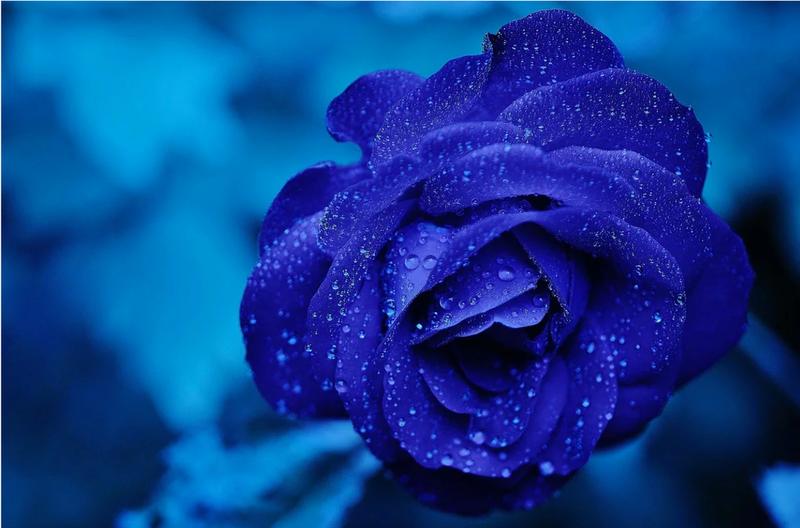How To Turn On Blue Light Filter

There are three main categories of colors: primary, secondary, and 3rd colors. The three primary colors are red, blueish, and xanthous. These colors occur naturally in nature and are on the lite spectrum, and then no color combine to make blueish. Nonetheless, you can combine different colors and hues to create different shades of blue.
What Are Primary Colors?
The 3 primary colors, ruddy, yellow, and blue, are visible on the light spectrum and, as such, are at the top of every color bike or color configuration. These three colors are the root of every other colour in the world. When these colors are combined, and so secondary and third colors are formed.
W hat Are Secondary Colors?
There are three secondary colors that are created when 2 chief colors are combined. These colors are orange, which is a mixture of yellowish and red; purple, which is a mixture of ruddy and blueish; and green, which is a mixture of bluish and yellow. Only as with master colors, you tin include neutrals like black or white to create different hues.
W hat Are Third Colors?
There are six tertiary colors, and these are created past mixing a primary and secondary color together. These colors include yellow and orange, red and orange, red and regal, blue and purple, blue and green, and yellowish and green. There are, of course, different names for some of the third colors, depending on the hue. Yous tin can also refer to red and purple as burgundy, depending on the shade. Yet, the official proper noun of the colour is cherry-red and purple.
West hat Are Neutral Colors?
If y'all await at a standard color bike, you will not see the neutral colors, which include blackness, white, greyness, and occasionally dark-brown. These are also referred to as "Earth tones." These colors tin can be mixed with chief, secondary, and tertiary colors to create dissimilar shades or hues.
H ow Practise You Create Dissimilar Shades of Blue?
You lot tin can create different shades, or hues of bluish, by mixing colors. Neutral colors, such as white or black, work best for creating varying shades, simply y'all can also create unlike shades of blue by adding a tiny bit of secondary or tertiary color. For case, you can add imperial to blue for a periwinkle shade.
W hat Are Complementary Colors for Blueish?
To discover the complementary colors of blue, or for any colour, you can look directly at the colour wheel. The complementary colour will exist on the verbal contrary side of the bicycle. For blue, complementary colors are orange, followed by yellow and cherry-red. This doesn't mean you can't pair other colors with blueish. Because of blue'south nature as a main color, it melds well with many different shades and hues. For example, blueish and shades of green can work well together.
How To Turn On Blue Light Filter,
Source: https://www.reference.com/science/colors-make-blue-8a153b4aeaf9f92b?utm_content=params%3Ao%3D740005%26ad%3DdirN%26qo%3DserpIndex
Posted by: culbertsoncrin1958.blogspot.com


0 Response to "How To Turn On Blue Light Filter"
Post a Comment